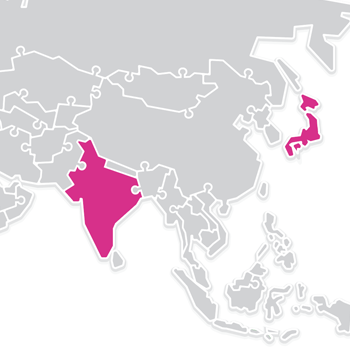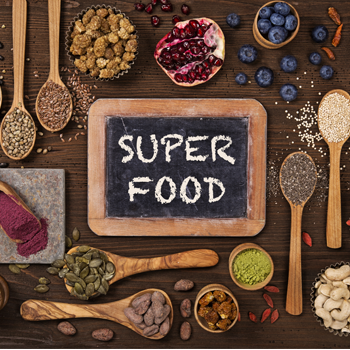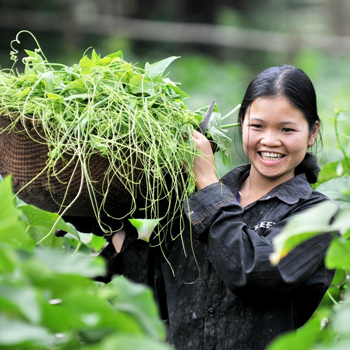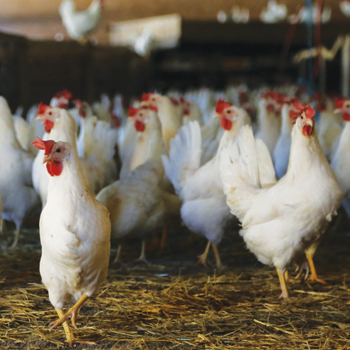คุณรู้จัก ISO8573-1:2010 มาตรฐานสากลที่ให้ข้อกำหนดสำหรับการวัดความบริสุทธิ์ลมอัดหรือไม่?
ระบบลมอัด เป็นพลังงานสะอาดและไม่ซับซ้อน โดยทั่วไปแล้วนิยมใช้ในโรงงานอุตสาหกรรมกระบวนการผลิตหลากหลายประเภท ระบบลมอัดใช้งานง่ายและปลอดภัย แต่ถ้าหากไม่ได้รับการซ่อมบำรุงและการดูแลรักษาที่ดี อาจส่งผลเสียต่อเครื่องจักร อุปกรณ์ และผลิตภัณฑ์ได้
ISO8573-1:2010 มาตรฐานสากลที่นิยมอ้างอิงและเป็นตัวชี้วัดมาตรฐานลมอัดที่ดี ซึ่งจะระบุปริมาณการปนเปื้อนของ อนุภาคที่เป็นของแข็ง (Particles) ความชื้นหรือไอน้ำในอากาศอัด (Water) น้ำมัน ไอน้ำมัน (Total Oil Content) ในแต่ละลูกบาศก์เมตรของลมอัด การจัดการที่สำคัญคือ
1. ตั้งเป้าหมายคุณภาพอากาศอัดที่เราต้องการ
2. ตรวจสอบอุปกรณ์ คอมเพรสเซอร์ที่ใช้อยู่ ให้เป็นไปตามเป้าหมายที่ต้องการ
3. บำรุงรักษาอุปกรณ์คอมเพรสเซอร์อย่างสม่ำเสมอตรงตามระยะการบำรุงรักษา
4. ทดสอบความบริสุทธิ์ของลมอัด และบันทึกข้อมูล
แนวทางการเลือกอุปกรณ์กรองสิ่งปนเปื้อนที่ไม่พึงประสงค์ในระบบอัดลม หรือคอมเพรสเซอร์
เลือกเครื่องกรองอากาศที่สามารถกรองละเอียดได้ถึง 0.01 μm ไมครอน และเลือกเครื่องที่ถูกสุขลักษณะสุขาภิบาล อากาศที่ปล่อยผ่านออกมาจะมีคุณภาพตามการจัดลำดับคุณภาพ Class 1 Level ตามมาตรฐาน ISO8753-1
การใช้เครื่องกรองอากาศที่มีความละเอียดสูง อาจส่งผลให้สูญเสียแรงดันในระบบลมอัดบ้าง ดังนั้นการเลือกเครื่องกรองอากาศจึงเป็นสิ่งสำคัญเพื่อคำนึงถึงการสูญเสียแรงดันน้อยที่สุด พร้อมทั้งดูแลรักษาง่ายและสามารถใช้งานได้ยาวนาน
การเปลี่ยนชุดระบบอากาศอัดหรือคอมเพรสเซอร์ เป็นรุ่นปราศจากน้ำมัน (Oil Free Compressor) ก็สามารถช่วยให้ลมอัดสะอาดขึ้นอย่างเห็นได้ชัด แต่คุณรู้หรือไม่เครื่องคอมเพรสเซอร์รุ่นปราศจากน้ำมัน (Oil Free Compressor) ส่วนมากใช้น้ำมันหล่อลื่นในระบบเกียร์ สำหรับบางรุ่นเท่านั้นที่ใช้น้ำในการหล่อลื่นซึ่งรับรองได้ว่าไม่มีน้ำมันปนเปื้อนในระบบอัดลมแน่นอน
การควบคุมการปนเปื้อนของสิ่งไม่พึงประสงค์ อีกทั้งการเลือกคอมเพรสเซอร์และเครื่องกรองก็เป็นส่วนสำคัญของการผลิตและการรักษาคุณภาพของอากาศให้ดีอยู่เสมอ
ISO8753-1 is the group of international standards relating to the purity of compressed air. It specifies the amount of contamination as Solid Particulate. Water and Oil allowable in each cubic meter of compressed air. It’s important to manage by
1. Set Air purity target
2. Check compressor facility properly for the purity target
3. Periodical properly maintenance
4. Air purity test and record
Compressed air is used in thousands of applications and is vital to the productivity of industries, easy and can use with various fields because compressed air its very safe and simple utility.
However, lack of proper maintenance, the compressed air may cause bad effect to production facility and finished goods.
Guideline to select purification equipment By using 0.01 μm filter and sanitary filter for air purity level which can be improved to Class level 1
Using filter means to occur pressure loss and element cost therefore, it’s important to choose effective filter to help perform less pressure loss, easy to maintenance and long term guarantee.
Changing Air compressor to Oil free is also obviously effective to get clean air.
You need to know many Oil free compressors use lubricant oil in gear box, but some Oil free compressor use water lubricated instead of oil, so there is no risk of oil contamination, easy maintenance, less cost and excellent result of clean air.
Control and eliminate the risk of contamination is important to keep Air quality always clean.








